Spotting the spotted wintergreen: Research on rare woodland plants in Ontario
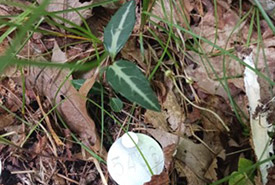
A tagged spotted wintergreen plant (Photo by Amy Wiedenfeld/NCC staff)
As summer approaches, I look forward to getting out into the field. This includes visiting many of the spotted wintergreen populations in Ontario for my PhD research, supported by the Weston Family Conservation Science Fellowship Program. Spotted...
A close encounter like no otter
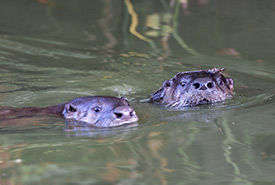
Two river otters peeping their heads above the water (Photo by Nila Sivatheesan/NCC staff)
Walking through fields of wildflowers and towering trees is an incredible feeling. It reminds me that there’s so much more to this life than just me and my bubble. It’s a humbling feeling. But what’s even more incredible is...
Symbolic species and habitat adoptions are back!
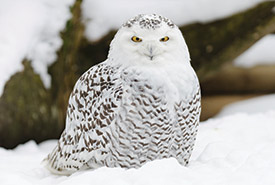
Snowy owl (Photo by ThinkStock)
Looking for the perfect gift for the nature lover in your life? I’m excited to share that symbolic species and habitat adoptions are available again through the Nature Conservancy of Canada (NCC). You may remember our former adoption...
Candid captures: Unveiling grassland wildlife secrets
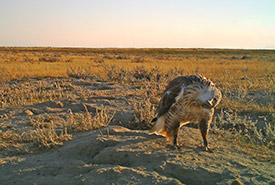
Ferruginous hawk (Photo by NCC)
Whether it’s the dense lodgepole pine forests of Cypress Hills or the rolling hills of the surrounding grasslands, southeast Alberta is a remarkable and unique region to work in and explore. As a conservation coordinator for the Nature...
Fifty years ago
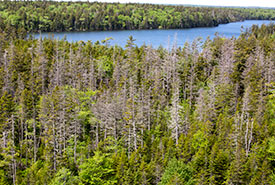
Abraham Lake Nature Reserve, NS (Photo by Len Wagg)
Fifty years ago, as a junior forester, I was introduced to “Big Red.” Towering above the other red spruce trees in a classic example of old-growth Wabanaki (Acadian) forest, Big Red was located near the trailhead of the Nature...
Nature-friendly practices that benefit wildlife and plants
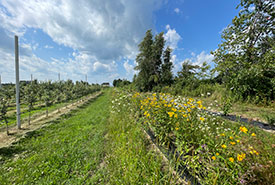
Orchard (Photo by NCC)
My name is Gabrielle and I'm a biologist. I'm currently completing my master's degree in environment and sustainable development, biodiversity management at the Université de Montréal. I've always been interested in ecological...
A hidden paradise
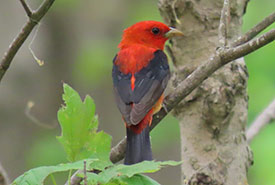
Scarlet tanager seen during the 2023 Spring Song Bird Race (Photo by Jasmine Eagleden/NCC staff)
It all started at a young age; I have always had a passion for all aspects of nature. I would spend hours outdoors exploring and discovering the animals and insects around me. When I had to be indoors, I loved watching Animal Planet and the...
Unveiling the wonders of Pipestone Creek
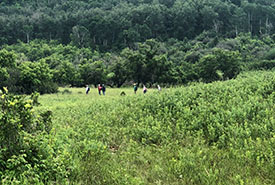
Pipestone Creek Bioblitz (Photo by NCC)
The Nature Conservancy of Canada (NCC) recently partnered with landowners Clint and Jody Blyth to conduct a bioblitz at their Pipestone Creek conservation agreement property. A bioblitz is an event where NCC staff and volunteers come together to...
Once you see it, you can’t unsee it
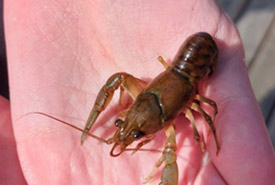
Northern clearwater crayfish (Photo by mahoonta, CC BY-NC 4.0)
As the Nature Conservancy of Canada’s (NCC’s) Big Backyard BioBlitz approaches, I have been reflecting on the ways that getting to know the wild species around me has enriched my life. I’ve needed to be able to identify key...
April showers bring May flowers, and May flowers bring…flies?
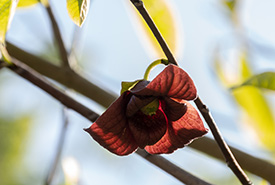
A pawpaw flower (Photo by Andrea J. Moreau)
Come spring, natural spaces are always buzzing with activity. The warmer weather and sweet floral scent carried on the wind attract people and prospective pollinators alike. I was no exception to this rule on one late May afternoon, excitedly...

